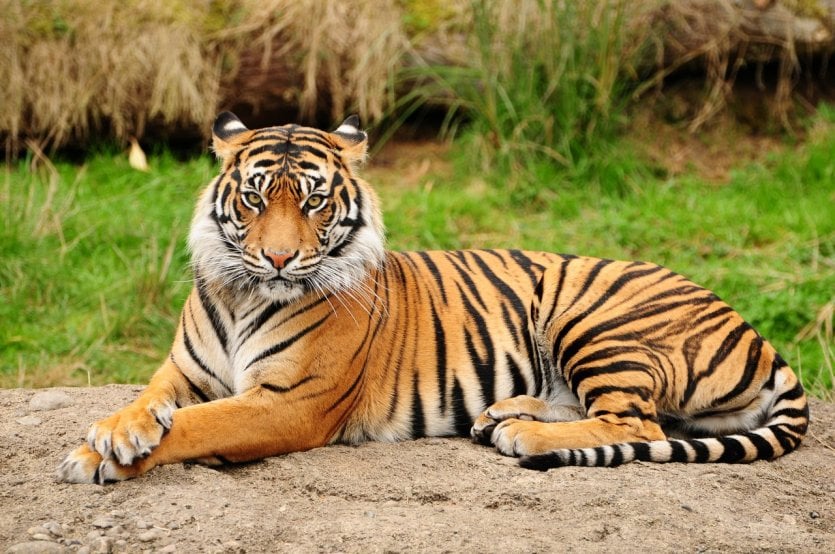
The discovery of wildlife is one of the musts of a trip when you are in love with nature and wide open spaces. Unfortunately, today, many animal species are threatened with extinction, due to global warming, unregulated hunting, destruction of natural habitats, industry, human activity in general... Even though many organizations are fighting for the protection of species, it is unfortunately very likely that several of them will become extinct in the near future. For those of you who are passionate about animals, here are 10 magnificent endangered animals to see on your travels. Noting that many players in the tourism industry are now committed to taking you to these wonders of nature, while respecting as much as possible their life in their natural habitat.
1- The Bengal tiger, a tiger of great beauty

If a century ago, the Bengal tiger could be found all over the Indian peninsula, today there are only about 2,500 individuals left. This is mainly due to population growth, which drives them out of their natural habitat. In addition, illegal tiger trafficking is on the rise. To have the chance to meet this impressive tiger with such a special coat, it is possible to go to Jim Corbett National Park in India. A moment that remains forever engraved in the memories
2- The Leatherback turtle, a great traveller
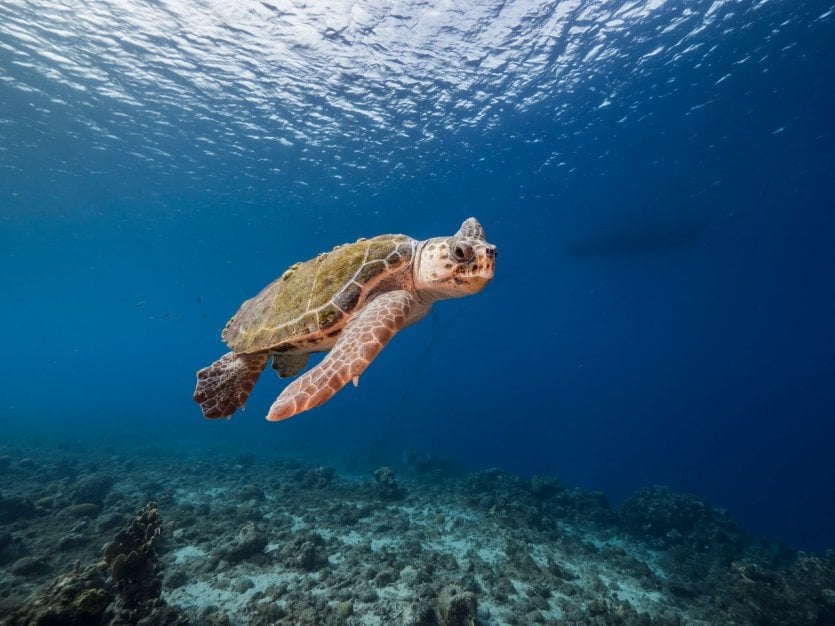
The leatherback turtle can be recognized by its silhouette, which evokes the underside of a ship's hull. It is the largest species of sea turtle. It is highly migratory and does not hesitate to travel thousands of kilometres to feed in jellyfish infested waters. Unfortunately, the Leatherback turtle is an endangered species, due to poaching, plastic pollution and fishing nets. To observe the animal, it is possible to go to Guyana, where the beaches are among the most important egg-laying sites in the world
3- The polar bear, an impressive size

The polar bear fascinates with its white coat and impressive size. He can reach a height of up to three metres! Unfortunately, he is one of the most emblematic victims of global warming. The melting ice in the Arctic is shrinking his hunting ground. But they need ice to hunt their favorite prey: seals. To have the chance to observe the animal, cruises are organized in Spitzberg, and this moment is unforgettable
4- The giant panda, China's national treasure

It's hard to resist the image of a panda sitting down eating bamboo. Because, yes, it does eat mostly plants. There are now less than 2,000 pandas living in the wild, and the species is threatened by bamboo exploitation and deforestation. For all those who love the black and white coat of the giant panda, the best areas to observe it are the provinces of Sichuan, Shaanxi and Gansu in China. In particular, there are parks dedicated to pandas, where they enjoy large living spaces.
5- The Asian elephant, a large land mammal

It is one of the largest land mammals in the world, along with its African cousin, but differs from the latter in its smaller size. At one time the Asian elephant was found throughout the southern part of the Asian continent. But in addition to being a victim of deforestation, it is also hunted for its flesh, skin and ivory. The best place to come into contact with the animal remains theElephant Nature Park in Thailand, a place where they live in the most natural environment possible and which collects abused elephants and victims of mass tourism.
6- The Cape Penguin, good diver
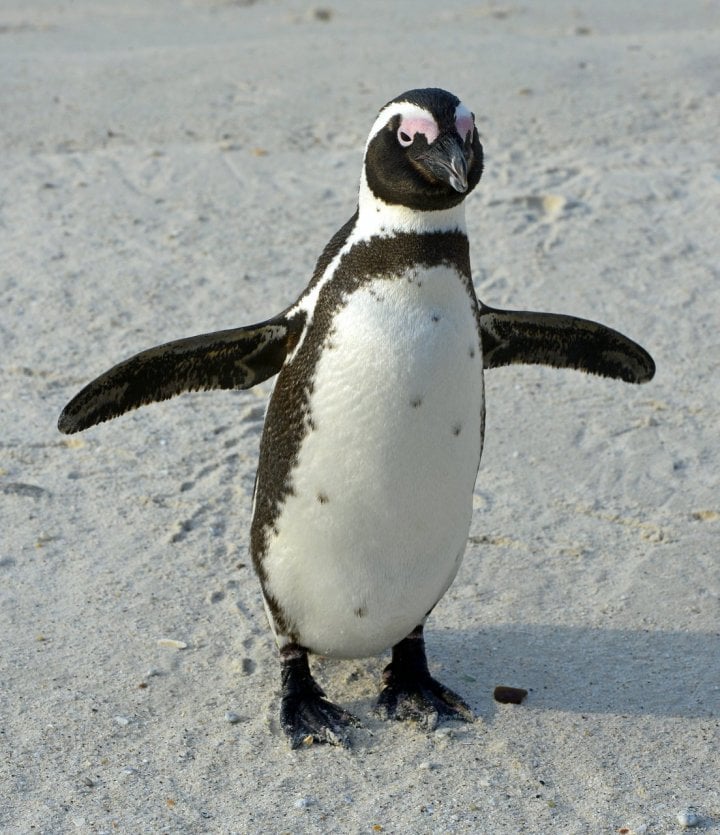
The Cape Penguin is in danger of extinction largely because of man, who destroys nests and disrupts colonies. It is also a victim of pollution by eating fish contaminated by various pollutants. The animal is recognizable by its white plumage on the front and black plumage on the back. It is an excellent diver, capable of staying underwater for five minutes to find fish. Travellers who wish to admire it can go to the reserves located around Cape Town in South Africa: Boulder's Beach Nature Reserve and Stony Point Nature Reserve. Only about 50,000 individuals remain today
7- The Monarch butterfly, a remarkable insect
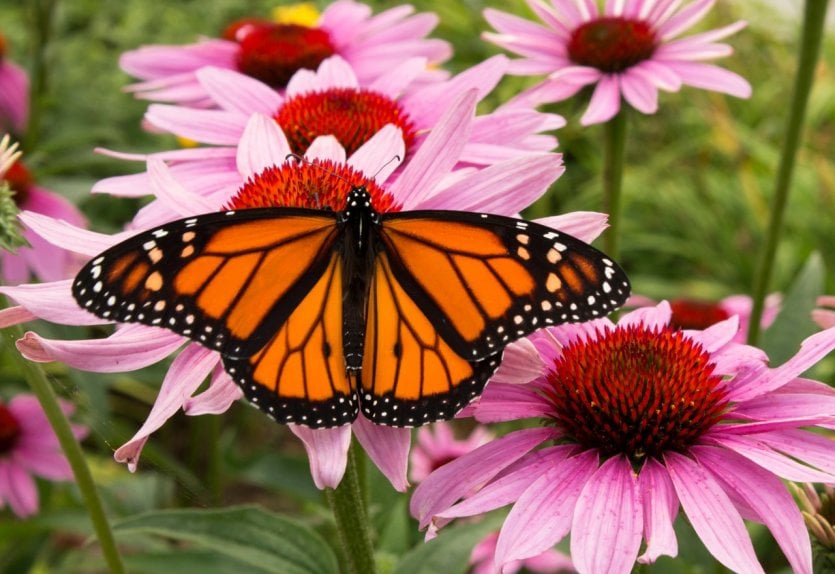
We like to contemplate butterflies for their colours and their lightness in flight. The Monarch can be recognized by its two pairs of orange wings with black grooves and white spots. They too are victims of climate change, but also of the deforestation of their wintering forests in Mexico. In winter, they leave Canada to take refuge in the forests around Mexico City. To observe the Monarch butterfly more closely before it is too late, it is possible to go to the sanctuary of Piedra Herrada in Mexico, classified as a UNESCO World Heritage Site
8- The great white shark, beware of its jaws

The great white shark has thrilled many a moviegoer. It also takes human casualties on some beaches. So much so that when you set foot in the water, the last thing you want to do is cross your path. This super predator and impressive shark, which can wait four to five meters long and weigh up to two tons, is threatened with extinction, the fault of the killer whale and man. It is hunted by humans for its flesh, fins and teeth. To all the brave, the hamlet of Gansbaai, South Africa, offers to dive into a cage to meet the animal. Thrills guaranteed!
9- The yellow-footed cockatoo, a talkative bird

The Yellow-crested Cockatoo or Sulphur Cockatoo is a bird of the psittacidae family. It can be recognized by its white plumage and small yellow crest. It is one of the endangered animals and its presence in the wild is estimated at about 1,000 individuals. They are indeed domesticated, which leads to a decrease in their reproduction and in the numbers living in the wild. Deforestation is the other element involved. To come across a yellow-crowned cockatoo, do not hesitate to fly to Indonesia, then set down your suitcases in Bali
10- The Java rhinoceros, difficult to approach
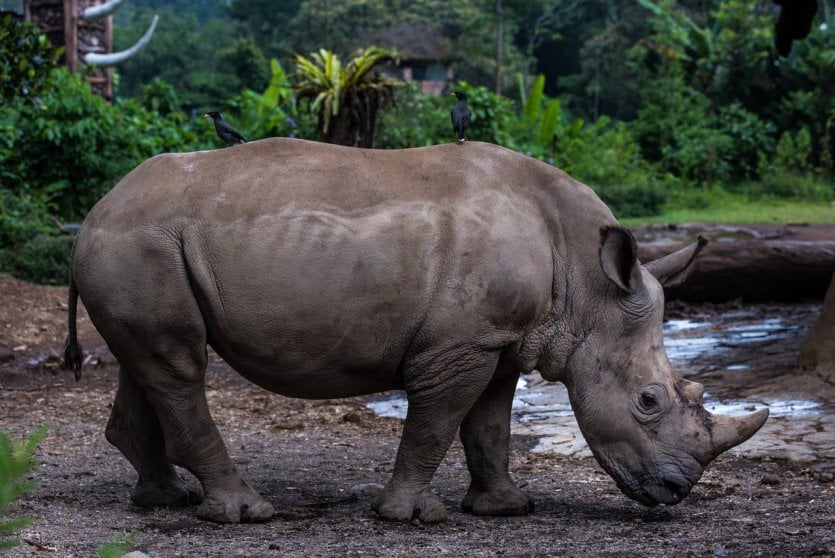
It's one of the most endangered animals in the world. And if they once occupied a vast area of Southeast Asia, they are now concentrated in a single territory, the island of Java. There are only 40 to 60 individuals left. To have the chance to see it, you have to consider a safari in the Ujung Kulon National Park. But beware, the animal allows very little approach by man and remains attentive to the slightest noise. You will have to be discreet and open your eyes wide to see it


